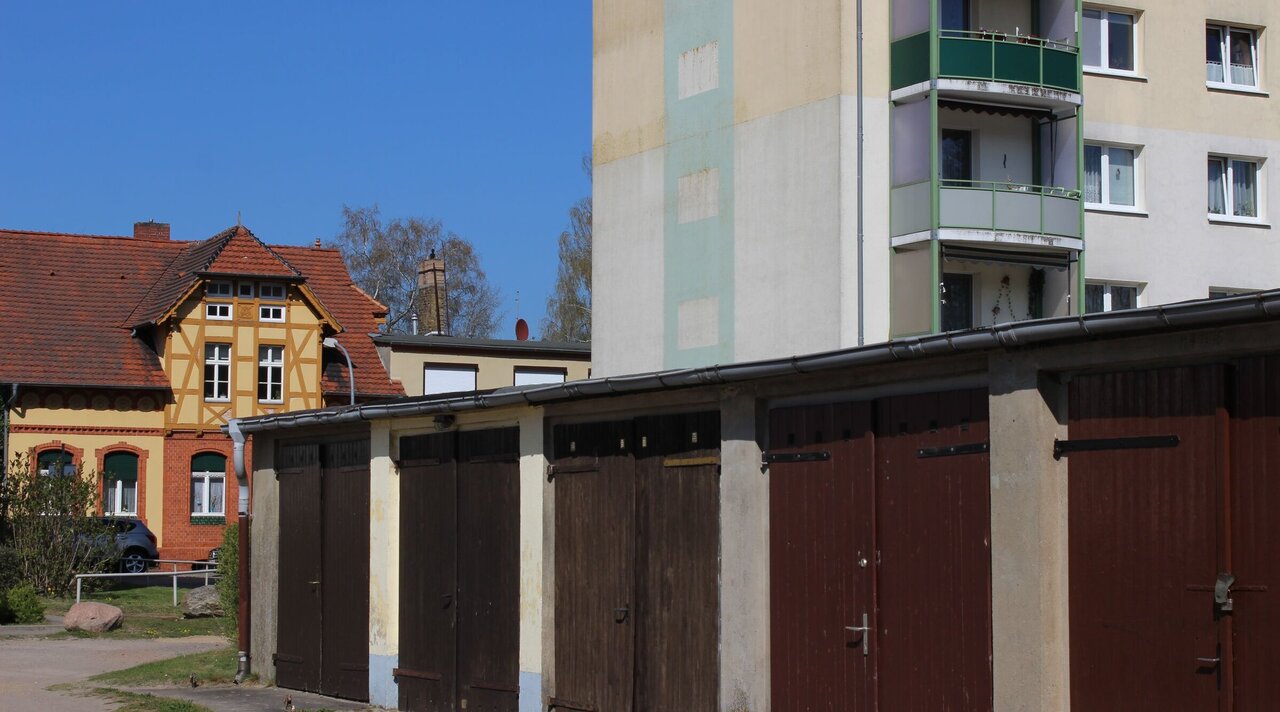Project
Rural housing between owner-occupancy and renting

Old houses – new desires? Rural housing also beyond the owner-occupied home
The image of rural housing is dominated by owner-occupied homes. In reality, also here rental and multi-story apartments meet the housing needs of a variety of households, both among long-term stayers and in-migrants.
Background and Objective
Housing in rural areas has been insufficiently studied. There are hardly any current nationwide studies neither on the structure of the housing markets (supply) nor on the usage and housing desires (demand). Although owner-occupied and, if possible, detached housing is the undisputed goal of many housing careers, considered desirable especially in rural and suburban areas, the actual housing reality paints a different picture: Rental and multi-story housing are far more common in rural areas than general perceptions of rural housing would suggest. At the same time, the owner-occupied home, with its structure and space allocation mostly geared to the nuclear family in its start-up and expansion phases, is not always suitable for other household types.
Our project aims to, firstly, take stock of rural housing from a material-physical as well as a subjective perspective and, secondly, to investigate, on the basis of selected case studies, how housing supply and demand are represented in different types of rural areas, for which households and social groups there are deficits and which local strategies exist to balance supply and demand.
Approach
- Rural housing inventory (material and subjective perspectives)
- Case studies in selected regions
Data and Methods
Analyses of secondary data (housing statistics, census, national population surveys), semi-structured interviews with housing market stakeholders
Our Research Questions
- How can the housing stock in different types of rural (including periurban) areas be characterized in terms of building structure, ownership, amenities and vacancies?
- How do different types of households and social groups live in rural areas? To what extent does this correspond to their wishes and needs? What compromises have they had to make and for what reasons?
- How have real estate markets developed in terms of property prices and rents in different types of rural areas in recent years?
- To what extent is there a demand for non-traditional or alternative forms of housing beyond owner-occupied houses, such as cooperative, multi-generational and age-friendly housing?
- How are local policymakers and investors responding to changing demands, such as demographic change (e.g., household downsizing and aging), climate-friendly construction, or reducing new land use?
Thünen-Contact

Involved Thünen-Partners
Duration
4.2023 - 10.2027
More Information
Project status:
ongoing
Publications to the project
- 0
Steinführer A (2024) Ländliches Wohnen. In: Genz C, Schnur O, Aring J (eds) WohnWissen : 100 Begriffe des Wohnens. Berlin: Jovis, pp 118-119

![[Translate to English:] [Translate to English:]](/media/_processed_/2/0/csm_LV_Bei_Hornburg_Quelle_Johanna_Fick_neu_da89674833.jpg)
![[Translate to English:] [Translate to English:]](/media/_processed_/2/0/csm_LV_Bei_Hornburg_Quelle_Johanna_Fick_neu_3aae309567.jpg)




